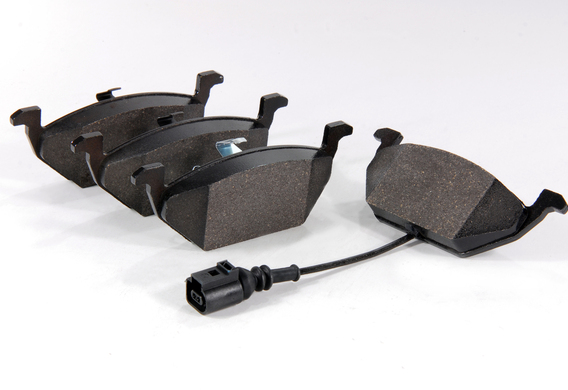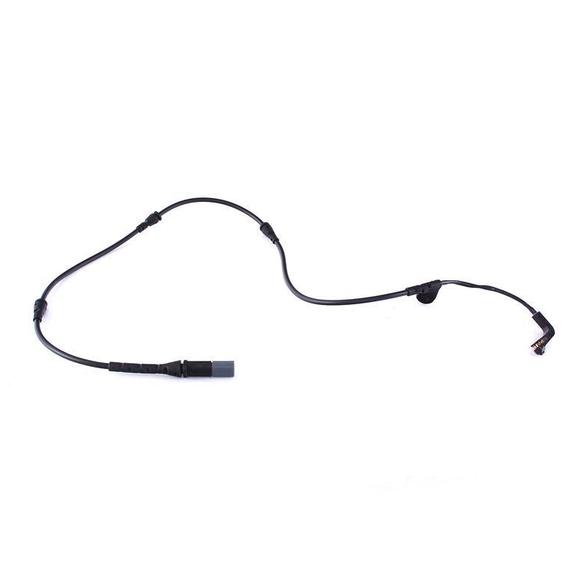
The performance of modern motor vehicles is based on the use of friction forces, and the elements of the vehicle need to be replaced.

The signs of wear on the pad may be creak or scratches, but this will be indicative of complete wear and tear, which is better not for two reasons:
1. Ends with "zero" beads is not safe.
2. Used pads can cause damage to the brake discs as a result of which they will have to be cleaned or altered.
To avoid such problems, some vehicles are fitted with a brake pad wear sensor. A sensor may have one or two warning stages. In the first case, he would report on the need for a change of pad, the second would first signal the need to check the wear and then "insist" on replacement.
How the brake pads wear sensor works
The sensor is a plastic element embedded in the friction part of the brake pad. Inside the plastic insert is a soft metal heart. The transducer goes the wire, which is the plus sign. When maximum wear is reached, the brake disc is in contact with the wear sensor, the circuit is closed and a warning indicator is activated. There were times when the wire was damaged and the sensor didn' t work. The integrity of the sensors should be periodically checked.







